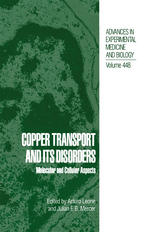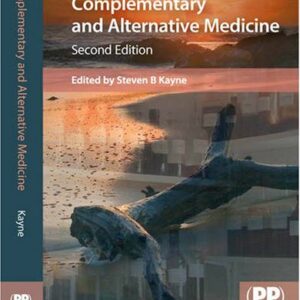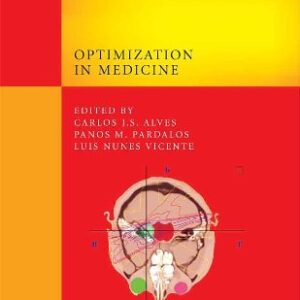This book is a compilation of presentations at the first meeting devoted to the mo? lecular and cellular biology of copper transport. When we first considered the possible program for the meeting, we felt that a forum to integrate the recent advances in molecular understanding of copper transport with the older knowledge of copper metabolism was needed. In addition we wished to have a strong emphasis on the diseases of copper includ? ing the genetic diseases, Menkes and Wilson, and other possible health aspects of this met? al seen from a molecular perspective. Overall we were very happy with the success of the meeting, and most participants were very enthusiastic. Unfortunately we were not able to obtain manuscripts from every contributor, but the selection in this book covers most of the topics discussed. The history of biological research into copper dates from the latter half of the last century when the presence of copper as a component of living systems was first noted, but it was not until the 1920s that the essential role of copper was first recognized. l. S. McHargue found that plants and animals needed copper for optimal growth and health and proposed that copper was needed for life (McHargue, 1925). Other groups soon confirmed these observations in plants. In animals the requirement of copper for hematopoiesis was discovered in 1928 (Hart et aI.
Medicine
{PDF} Copper Transport and Its Disorders: Molecular and Cellular Aspects Maria C. Linder, Norma A. Lomeli, Stephanie Donley (auth.), Arturo Leone, Julian F. B. Mercer (eds.)
$9.99






Reviews
There are no reviews yet.